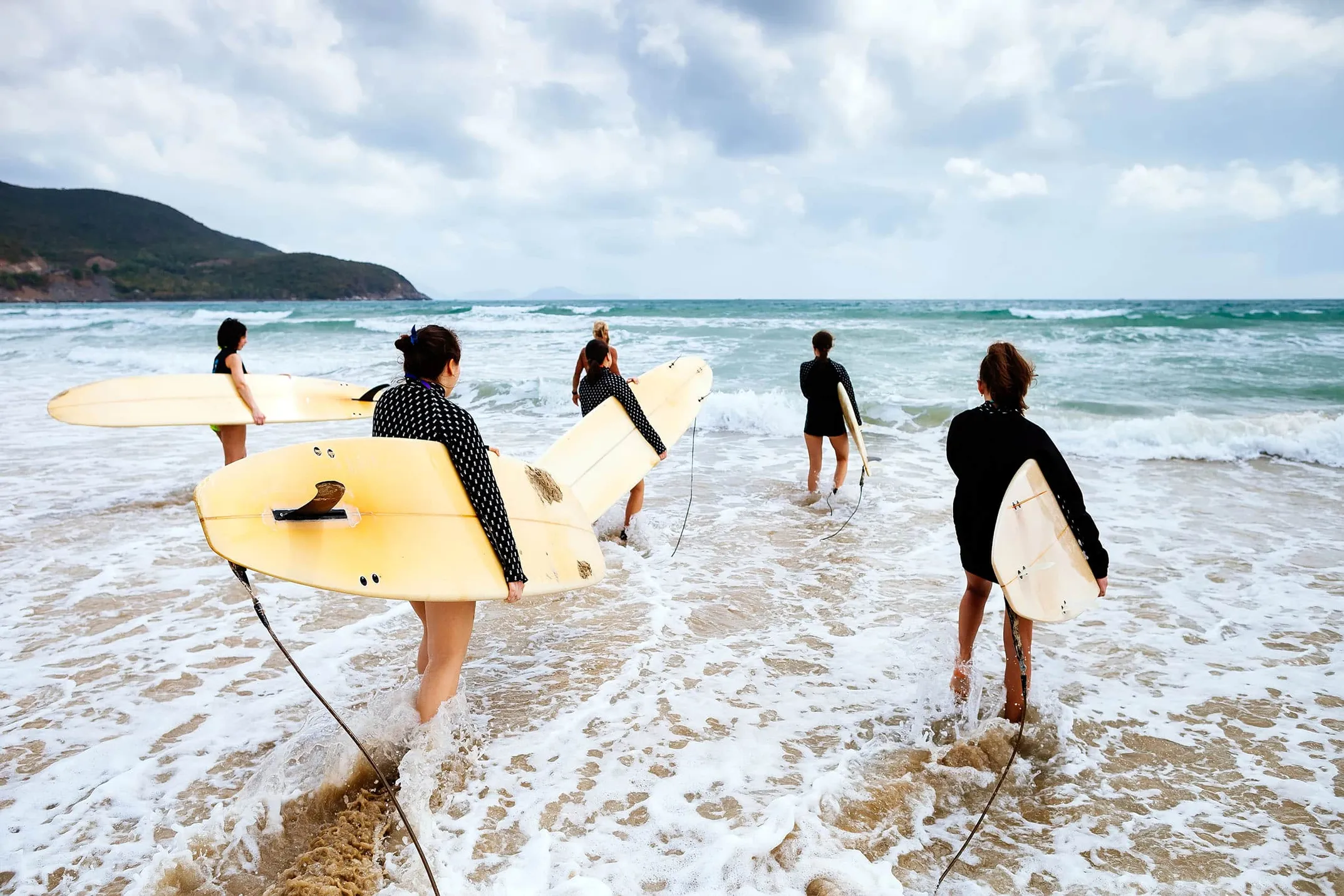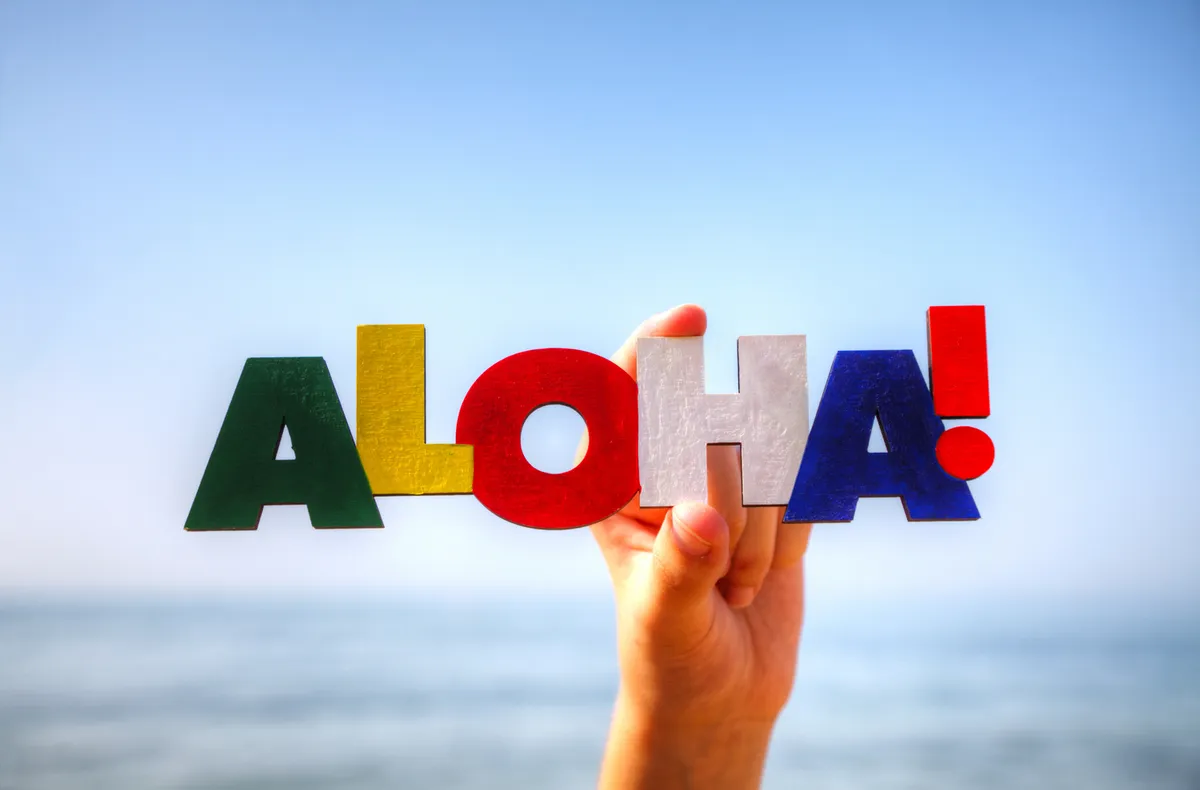
「Minivan Arrival」Honolulu Airport ⮕ Waikiki Hotels Exclusive Transfer
Family Photography Pros Oahu • Service • Honolulu • Oahu

The Living Arts of Our Kūpuna
The spirit of our culture is not confined to museums or history books. It is alive, breathing, and being passed down from master to student through the hana noʻeau, the skillful and beautiful arts of our ancestors. To truly learn Hawaiian culture, one must connect with these living traditions. My journey now becomes one of a student, seeking the wisdom of the kumu (teachers) who are the keepers of this sacred knowledge.
For many visitors, hula is a gentle, swaying dance performed at a hotel lūʻau. But to see hula in its true context is to witness something else entirely: a rigorous, sacred discipline that serves as a vessel for our most important stories, our history, our genealogy, and our connection to the divine. Hula is the physical manifestation of the mele (song) and oli (chant). The hands do not just make pretty pictures, they speak a language, interpreting the poetic text with precision and grace.
To understand this deeper meaning, I sought out Hula Hālau ʻO Kamuela, a world-renowned hula school under the direction of Nā Kumu Hula Kunewa Mook and Kauʻionālani Kamanaʻo. Winners of numerous prestigious awards, including the overall title at the 2025 Merrie Monarch Festival, they are exemplars of the dedication required to perpetuate this art form. A kumu hula is more than a dance teacher. They are a foundation, a source, a repository of knowledge passed down through a specific lineage.
Attending a practice, the atmosphere is one of intense focus. The discipline is palpable. Every movement is precise, every expression imbued with meaning. Here, I am reminded that before Western contact, hula was intrinsically connected to our spirituality and political structures.

The suppression of hula in the 19th century by Christian missionaries, who viewed it as a pagan practice, was a profound cultural blow. Its revival, championed by King David Kalākaua (the "Merrie Monarch") and reignited during the Hawaiian Renaissance of the 1970s, was a defiant act of cultural reclamation.
As I watch the dancers, I am also struck by the power of the oli, the chant that gives hula its voice. Oli is a traditional form of expression used in all aspects of life, from asking permission to enter a space (oli komo) to expressing love and admiration (oli aloha). The chants carry a spiritual energy, or mana, connecting the chanter to their ancestors, to the ʻāina, and to the story being told. To learn even a simple chant is to feel the vibration of the language in your own body, to use your breath to connect to a place and a history far greater than yourself. This is the true power of hula and oli: they are not performances, but living, breathing archives of the Hawaiian soul.
There is a sound that was once common throughout these islands, a rhythmic, hollow pulse that echoed from every village. It was the sound of women at work, the sound of the iʻe kuku (wooden beaters) striking the wet fibers of the wauke plant, transforming bark into cloth. This is the sound of kapa making, a practice that was once believed to be a lost art. Today, thanks to a handful of dedicated practitioners, this soundscape is being restored.
Kapa is the traditional Hawaiian barkcloth, a non-woven textile that clothed our ancestors, covered them as they slept, and wrapped them in their final journey. While variations of barkcloth are found throughout Polynesia, Hawaiian kapa is considered among the most refined, distinguished by its softness, its intricate watermarks, and its bold, natural dyes. The art nearly vanished by the 1870s with the introduction of Western woven fabrics, but since the Hawaiian Renaissance, it has been undergoing a powerful revival.
To learn about this process, I visited the workshop of Dalani Tanahy of Kapa Hawaii, a master practitioner who has dedicated her life to reawakening this tradition. She is involved in every step, from growing the wauke (paper mulberry) trees to carving her own tools to foraging for the plants that create the dyes. She explains that the process is incredibly labor-intensive, often taking months to complete a single piece. First, the bark is stripped from the cultivated wauke stalks. The inner bast fiber is then soaked, fermented, and subjected to a series of beatings on a wooden anvil (kua kuku). The final beating is done with an iʻe kuku carved with intricate patterns, which impresses a delicate watermark, or ʻohe kāpala, into the cloth—a signature unique to the maker and their lineage.
As Dalani works, the rhythmic beating is meditative. She shares that for her, and for other contemporary practitioners like Verna Takashima, the process is a physical and spiritual connection to their female forebearers. Holding a finished piece of kapa, I am struck by its texture—it is soft, yet strong. Held up to the light, the subtle watermark reveals itself, a hidden layer of artistry. This is more than just cloth. It is a physical embodiment of patience, knowledge, and cultural resilience. The revival of kapa is not just about recreating an object. It is about reclaiming a practice, a sound, and a deep connection to the sustainable arts of our kūpuna.
The Hawaiian worldview sees no separation between the health of the land and the health of its people. It is natural, then, that our traditional system of healing, lāʻau lapaʻau, is rooted entirely in the resources of the ʻāina. Lāʻau means plant or medicine, and lapaʻau means to treat or cure. This practice is built on a holistic philosophy that physical illness is often a symptom of a spiritual or mental imbalance—a loss of mana or a state of being not-pono (unrighteous, unbalanced). Therefore, true healing must address the whole person: mind, body, and spirit.
This ancient wisdom is not only being preserved but is being integrated into modern healthcare in powerful ways. A prime example is the Maʻiola Services program at the Waimānalo Health Center, a federally qualified community health center that offers traditional Hawaiian healing practices alongside primary medical care. Here, patients can receive referrals from their doctor for lāʻau lapaʻau consultations or for lomilomi, a form of therapeutic massage, demonstrating a profound respect for the efficacy of these ancestral methods.
A practitioner at the center explains that the process begins with pule (prayer) and a deep understanding of the patient's life and relationships, often incorporating hoʻoponopono (a practice of reconciliation and forgiveness) to restore balance. The kahuna lāʻau lapaʻau (healing expert) then identifies the appropriate plants for treatment. Every part of the natural world can be used for medicine—plants, roots, seawater, even the mists of the sky. The gathering and preparation of these plants are sacred rituals, accompanied by chants that state the intention of the plant to heal.
High blood pressure, diabetes, skin infections, kidney issues
Anti-inflammatory, ear infections, blood pressure regulation
Digestive aid, sores, ulcers, respiratory infections
High blood pressure, thrush, general debility
Sore throats, asthma, respiratory ailments
Roots, flowers, leaves for diverse healing needs
The integration of lāʻau lapaʻau into modern clinical settings is a testament to its enduring value. It shows that these ancient healing arts are not relics, but a vital, living resource for the health and well-being of our community today.
The depth of botanical knowledge is astonishing. Dozens of native and Polynesian-introduced plants are used to treat a wide range of ailments. It is a powerful affirmation that the ʻāina continues to feed and to heal us, just as it did for our ancestors.
Discover how Hawaiian culture thrives today through sovereignty movements and language revitalization.
Aloha ʻāina, ʻohana, kapu
Part II: Ahupuaʻa SystemLand management wisdom
Current section
Cultural resilience today
Sacred dance and chant traditions
Traditional barkcloth from wauke plants
Plant-based healing practices
Master teachers of cultural knowledge
Stay connected with authentic Hawaiian cultural experiences and learning opportunities.

Family Photography Pros Oahu • Service • Honolulu • Oahu

Family Photography Pros Oahu • Service • Honolulu • Oahu
